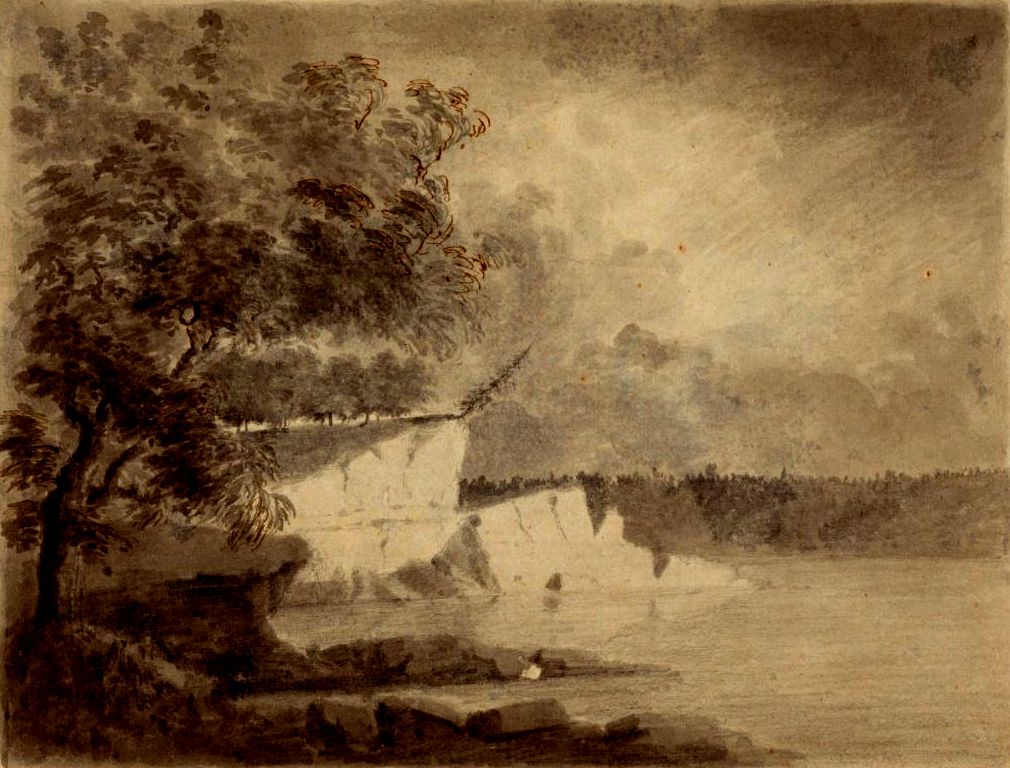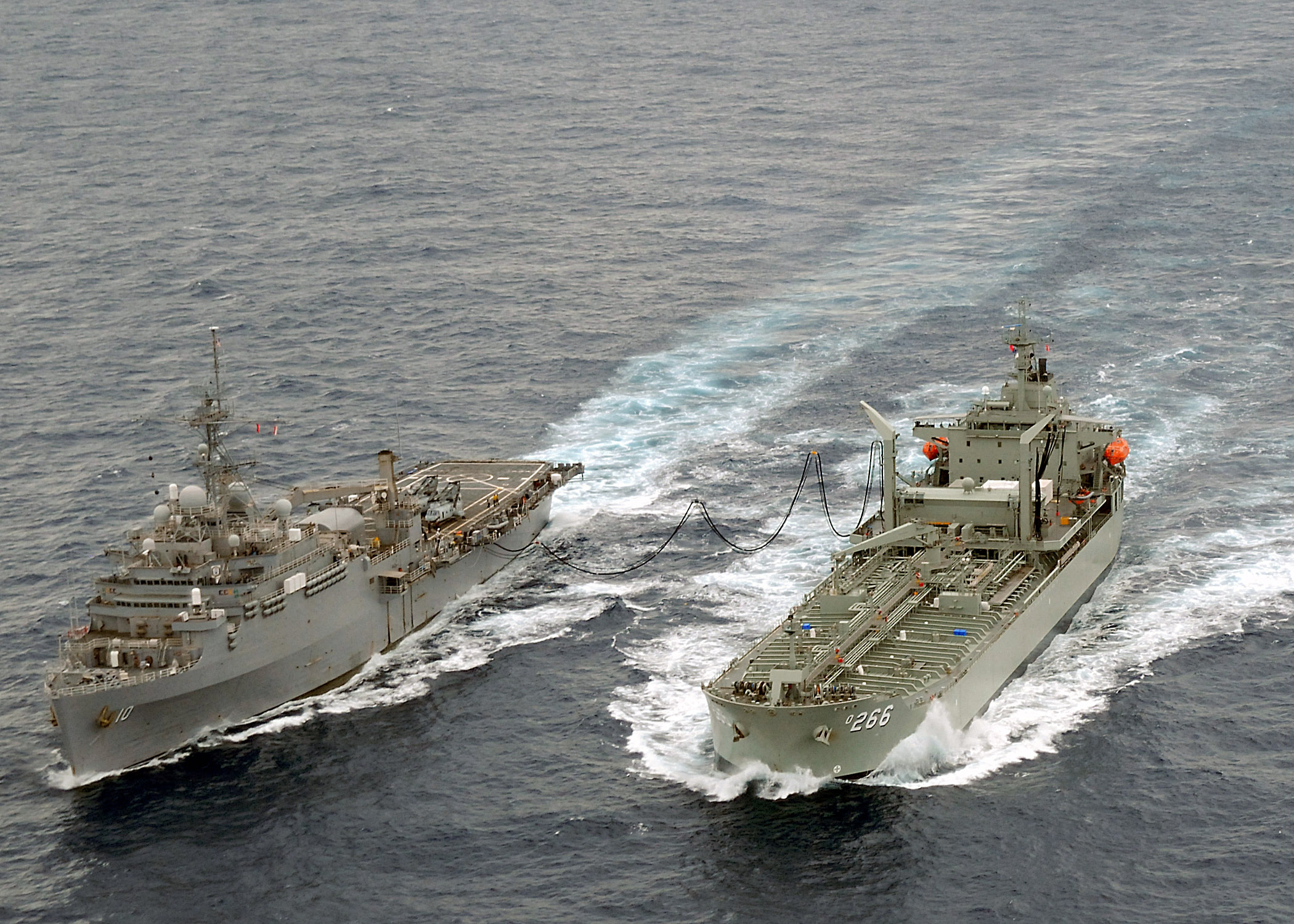|
USS Wabash
Four ships of the United States Navy have been named USS ''Wabash'', after the Wabash River of Indiana. * The first was a screw frigate in commission from 1856 to 1874, then in use as a receiving ship A hulk is a ship that is afloat, but incapable of going to sea. Hulk may be used to describe a ship that has been launched but not completed, an abandoned wreck or shell, or to refer to an old ship that has had its rigging or internal equipmen ... until 1912. * The second was a civilian freighter acquired for Navy use during 1918 and 1919. * The third was an oiler in service from 1943 to 1957. * The fourth was also an oiler, in service from 1971 to 1994. {{DEFAULTSORT:Wabash, Uss United States Navy ship names ... [...More Info...] [...Related Items...] OR: [Wikipedia] [Google] [Baidu] |
United States Navy
The United States Navy (USN) is the maritime service branch of the United States Armed Forces and one of the eight uniformed services of the United States. It is the largest and most powerful navy in the world, with the estimated tonnage of its active battle fleet alone exceeding the next 13 navies combined, including 11 allies or partner nations of the United States as of 2015. It has the highest combined battle fleet tonnage (4,635,628 tonnes as of 2019) and the world's largest aircraft carrier fleet, with eleven in service, two new carriers under construction, and five other carriers planned. With 336,978 personnel on active duty and 101,583 in the Ready Reserve, the United States Navy is the third largest of the United States military service branches in terms of personnel. It has 290 deployable combat vessels and more than 2,623 operational aircraft . The United States Navy traces its origins to the Continental Navy, which was established during the American Revo ... [...More Info...] [...Related Items...] OR: [Wikipedia] [Google] [Baidu] |
Wabash River
The Wabash River ( French: Ouabache) is a U.S. Geological Survey. National Hydrography Dataset high-resolution flowline dataThe National Map accessed May 13, 2011 river that drains most of the state of Indiana in the United States. It flows from the headwaters in Ohio, near the Indiana border, then southwest across northern Indiana turning south near the Illinois border, where the southern portion forms the Indiana-Illinois border before flowing into the Ohio River. It is the largest northern tributary of the Ohio River and third largest overall, behind the Cumberland and Tennessee rivers. From the dam near Huntington, Indiana, to its terminus at the Ohio River, the Wabash flows freely for . Its watershed drains most of Indiana. The Tippecanoe River, White River, Embarras River and Little Wabash River are major tributaries. The river's name comes from a Miami word meaning "water over white stones", as its bottom is white limestone, now obscured by mud. The Wabash is the st ... [...More Info...] [...Related Items...] OR: [Wikipedia] [Google] [Baidu] |
Indiana
Indiana () is a U.S. state in the Midwestern United States. It is the 38th-largest by area and the 17th-most populous of the 50 States. Its capital and largest city is Indianapolis. Indiana was admitted to the United States as the 19th state on December 11, 1816. It is bordered by Lake Michigan to the northwest, Michigan to the north, Ohio to the east, the Ohio River and Kentucky to the south and southeast, and the Wabash River and Illinois to the west. Various indigenous peoples inhabited what would become Indiana for thousands of years, some of whom the U.S. government expelled between 1800 and 1836. Indiana received its name because the state was largely possessed by native tribes even after it was granted statehood. Since then, settlement patterns in Indiana have reflected regional cultural segmentation present in the Eastern United States; the state's northernmost tier was settled primarily by people from New England and New York, Central Indiana by migrants fro ... [...More Info...] [...Related Items...] OR: [Wikipedia] [Google] [Baidu] |
Screw Frigate
Steam frigates (including screw frigates) and the smaller steam corvettes, steam sloops, steam gunboats and steam schooners, were steam-powered warships that were not meant to stand in the line of battle. There were some exceptions like for example the France, French Napoléon-class ship of the line, Napoléon class steam ship of the line was meant to stand in the line of battle, making it the world's first steam battleship. The first such ships were paddle steamers. Later on the invention of Propeller#Screw propeller, screw propulsion enabled construction of steam-powered versions of the traditional ship of the line, ships of the line, frigates, corvettes, Sloop-of-war, sloops and gunboats. Evolution First steam warships The first small vessel that can be considered a steam warship was the ''Demologos'', which was launched in 1815 for the United States Navy. From the early 1820s, the British Navy began building a number of small Steamship, steam warships including the armed tu ... [...More Info...] [...Related Items...] OR: [Wikipedia] [Google] [Baidu] |
Receiving Ship
A hulk is a ship that is afloat, but incapable of going to sea. Hulk may be used to describe a ship that has been launched but not completed, an abandoned wreck or shell, or to refer to an old ship that has had its rigging or internal equipment removed, retaining only its buoyant qualities. The word hulk also may be used as a verb: a ship is "hulked" to convert it to a hulk. The verb was also applied to crews of Royal Navy ships in dock, who were sent to the receiving ship for accommodation, or "hulked". Hulks have a variety of uses such as housing, prisons, salvage pontoons, gambling sites, naval training, or cargo storage. In the days of sail, many hulls served longer as hulks than they did as functional ships. Wooden ships were often hulked when the hull structure became too old and weak to withstand the stresses of sailing. More recently, ships have been hulked when they become obsolete or when they become uneconomical to operate. Sheer hulk A sheer hulk (or shear hulk) w ... [...More Info...] [...Related Items...] OR: [Wikipedia] [Google] [Baidu] |
Cargo Ship
A cargo ship or freighter is a merchant ship that carries cargo, goods, and materials from one port to another. Thousands of cargo carriers ply the world's seas and oceans each year, handling the bulk of international trade. Cargo ships are usually specially designed for the task, often being equipped with crane (machine), cranes and other mechanisms to load and unload, and come in all sizes. Today, they are almost always built of welded steel, and with some exceptions generally have a life expectancy of 25 to 30 years before being scrapped. Definitions The words ''cargo'' and ''freight'' have become interchangeable in casual usage. Technically, "cargo" refers to the goods carried aboard the ship for hire, while "freight" refers to the act of carrying of such cargo, but the terms have been used interchangeably for centuries. Generally, the modern ocean shipping business is divided into two classes: # Liner business: typically (but not exclusively) container vessels (where ... [...More Info...] [...Related Items...] OR: [Wikipedia] [Google] [Baidu] |
Oiler (ship)
A replenishment oiler or replenishment tanker is a naval auxiliary ship with fuel tanks and dry cargo holds which can supply both fuel and dry stores during underway replenishment (UNREP) at sea. Many countries have used replenishment oilers. The United States Navy's hull classification symbol for this type of ship was AOR. Replenishment oilers are slower and carry fewer dry stores than the U.S. Navy's modern fast combat support ships, which carry the classification AOE. History The development of the "oiler" paralleled the change from coal- to oil-fired boilers in warships. Prior to the adoption of oil fired machinery, navies could extend the range of their ships either by maintaining coaling stations or for warships to raft together with colliers and for coal to be manhandled aboard. Though arguments related to fuel security were made against such a change, the ease with which liquid fuel could be transferred led in part to its adoption by navies worldwide. One of the first ... [...More Info...] [...Related Items...] OR: [Wikipedia] [Google] [Baidu] |





